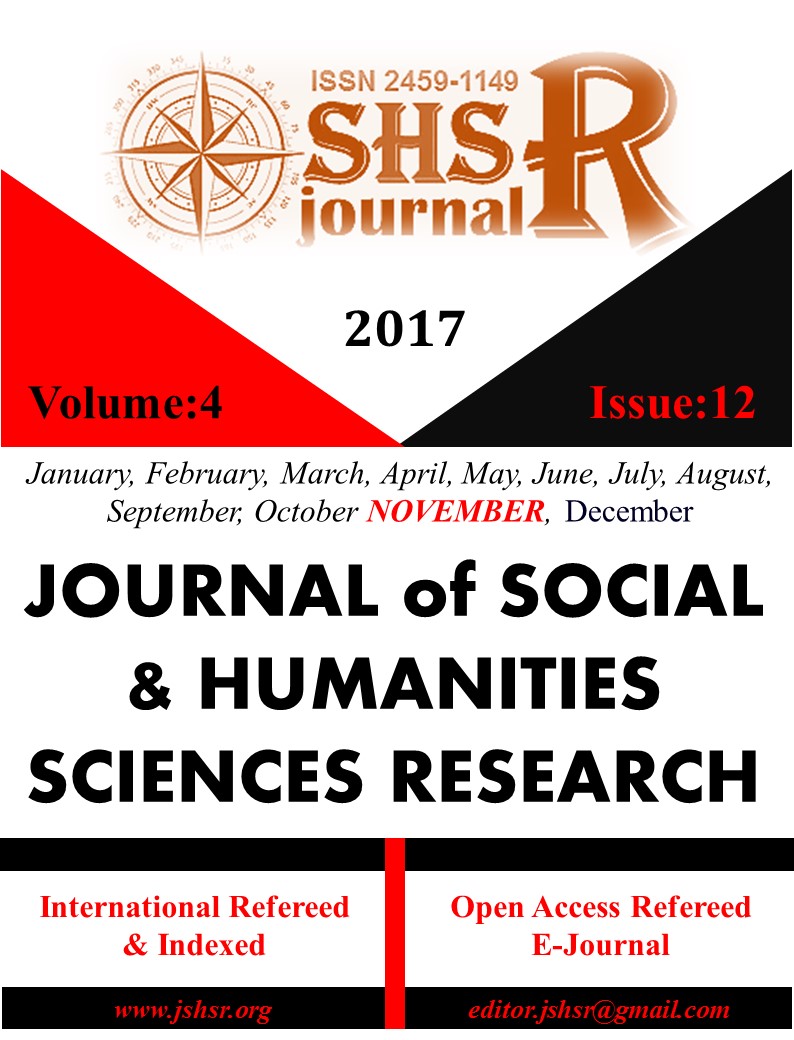BARRIERS TO INNOVATION IN INDUSTRY AND SERVICE SECTORS
DOI:
https://doi.org/10.26450/jshsr.178Keywords:
Innovation, Innovation Barriers, Community Innovation Surveys (CIS), Logit ModelsAbstract
The purpose of this study is to determine the factors which have an effect on innovation barriers faced by the enterprises in Turkey. It is also investigated according to sectoral levels, industry and service sectors. The logit models are applied by using the data from 2008-2010 wave of the Community Innovation Survey. In constructing sample groups, two sample groups are used . First one is deterred firms that do not undertake any innovation activities due to the innovation barriers, and the second group is revealed firms that undertake the innovation activity in despite of the innovation barriers.
According to the findings, sectors do not matter when determining the factors affecting innovation barriers. As it was expected that the human capital would lower the barrier effects, it was not found statistically significant in any group and any barrier models. As expected, effects of barriers decreasing when firm size become larger. It was found that revealed firms with foreign capital share feel less knowledge barriers and financial barriers. Revealed firms that operate in international markets face more financial barriers. When analyzing local, domestic, and EU financial support, only domestic financial supports are statistically significant, and revealed firms face these barriers severely
Downloads
Published
How to Cite
Issue
Section
License
Copyright (c) 2017 INTERNATIONAL JOURNAL OF SOCIAL HUMANITIES SCIENCES RESEARCH

This work is licensed under a Creative Commons Attribution 4.0 International License.


